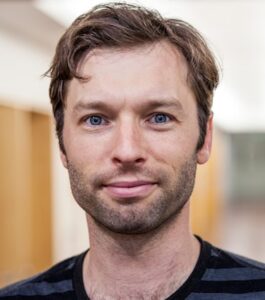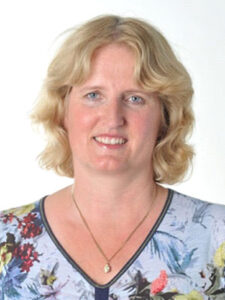Project C4 (PIs Rainey, Hentschel) aims to explore the role of mobile genetic elements (MGEs) as regulators of host-associated microbial community composition and function. The project will build on the established Metaorganism Evolution Experiment (MEE) approach to provide detailed insights into the dynamics of evolutionary change under conditions that either promote or hinder MGEs in two host-microbe pairs: the worm C. elegans and Ochrobactrum, and the sponge H. panicea and Vibrio.
New approaches to understanding eco-evolutionary dynamics in metaorganisms
Researchers
C4.2 (E): Phages and their functional role in the acclimatisation of Hydra to changing environmental conditions
Dr. Andrew Farr
C4.3: Understanding phage dynamics and function in marine sponges
C4.1: Eco-evolutionary dynamics of the nematode microbiome
Sandhya Narayanan
Related Publications
Phage-induced disturbance of a marine sponge microbiome
Steiner, L. X., Schmittmann, L., Rahn, T., Lachnit, T., Jahn, M. T., Hentschel, U. (2024). Environmental Microbiome, 19, 97. doi: https://doi.org/10.1186/s40793-024-00637-7
Maribacter halichondriae sp. nov., isolated from the marine sponge Halichondria panicea, displays features of a sponge-associated life style
Steiner, L. X., Wiese, J., Rahn, T., Borchert, E., Slaby, B. M., & Hentschel, U. (2024). Antonie van Leeuwenhoek, 117(1), 56. doi: https://doi.org/10.1007/s10482-024-01950-4
The archaeome in metaorganism research, with a focus on marine models and their bacteria–archaea interactions
von Hoyningen-Huene, A. J., Bang, C., Rausch, P., Rühlemann, M., Fokt, H., He, J., Jensen, N., Knop, M., Petersen, C., Schmittmann, L., Zimmer, T., Baines, J. F., Bosch, T. C. G., Hentschel, U., Reusch, T. B. H., Roeder, T., Franke, A., Schulenburg, H., Stukenbrock, E., & Schmitz, R. A. (2024). Frontiers in Microbiology, 15, 1347422. doi: https://doi.org/10.3389/fmicb.2024.1347422
Sponge-symbiont stability in spite of antibiotic-induced microbiome disturbance
Schmittmann L, Rahn T, Busch K, Fraune S, Pita L, Hentschel U. (2022) Environ. Microbiol. 24: 6392-6410, https://doi.org/10.1111/1462-2920.16249
Adaptive lifestyle of bacteria determines phage-bacteria interaction
Ulrich Laura, Giez Christoph, Steiner Leon X., Hentschel Ute, Lachnit Tim (2022): Frontiers in Microbiology, Vol 13.
https://www.frontiersin.org/articles/10.3389/fmicb.2022.1056388
Symbiotic Algae of Hydra viridissima Play a Key Role in Maintaining Homeostatic Bacterial Colonization.
Bathia J, Schröder K, Fraune S, Lachnit T, Rosenstiel P, Bosch TCG (2022) Front. Microbiol. 13:869666. doi: 10.3389/fmicb.2022.869666
Hydra and the hair follicle – An unconventional comparative biology approach to exploring the human holobiont.
Lousada MB, Lachnit T, Edelkamp J, Paus R, Bosch TCG (2022 ) Bioessays. 44(5):e2100233. doi: 10.1002/bies.202100233.
Cacatoo: building, exploring, and sharing spatially structured models of biological systems.
van Dijk B (2022) Journal of Open Source Software, 7(70), 3948, doi: 10.21105/joss.03948
Transposable elements promote the evolution of genome streamlining
van Dijk B, Bertels F, Stolk L, Takeuchi N, Rainey PB (2021) Phil. Trans. R. Soc. B. 377:20200477. doi: 10.1098/rstb.2020.0477
Harnessing the power of host–microbe symbioses to address grand challenges.
Hentschel U (2021) Nat Rev Microbiol. 19, 615–616. doi: 10.1038/s41579-021-00619-3
Lifestyle of sponge symbiont phages by host prediction and correlative microscopy
Jahn MT, Lachnit T, Markert SM, Stigloher C, Pita L, Ribes M, Dutilh BE, Hentschel U (2021) ISME J. doi: 10.1038/s41396-021-00900-6





